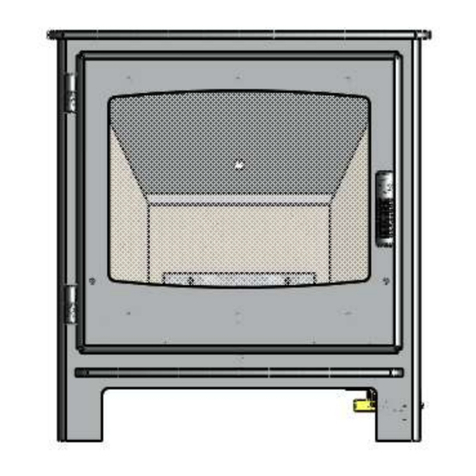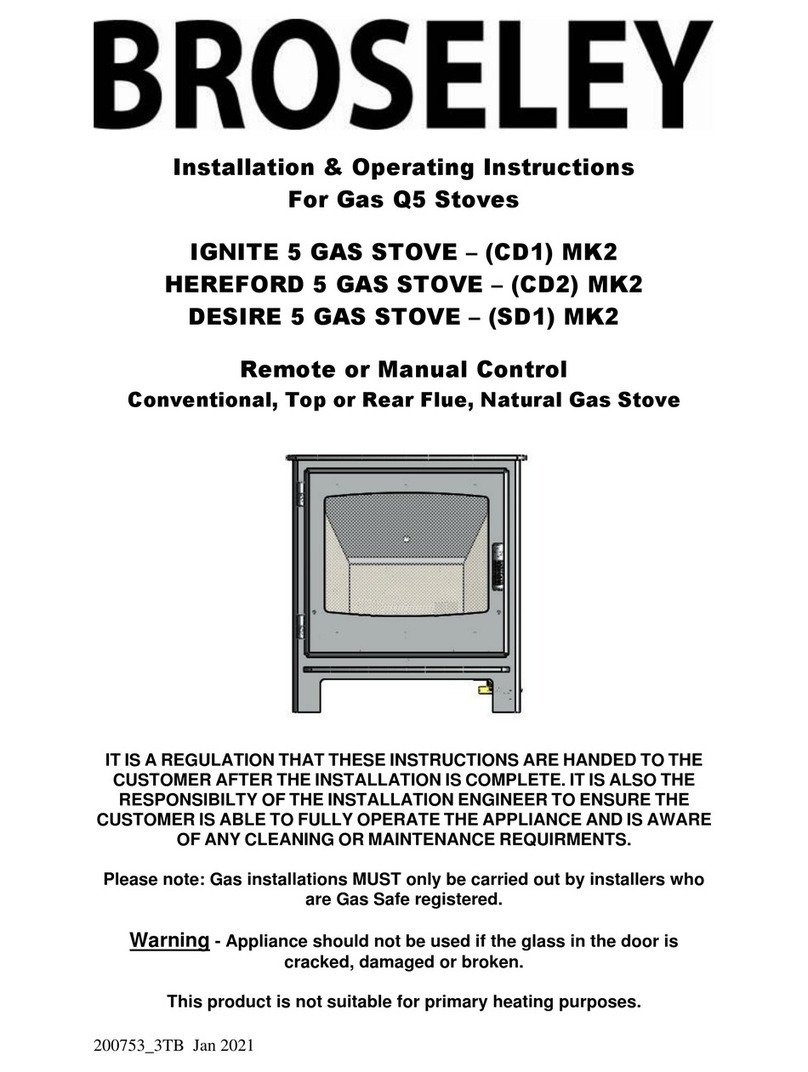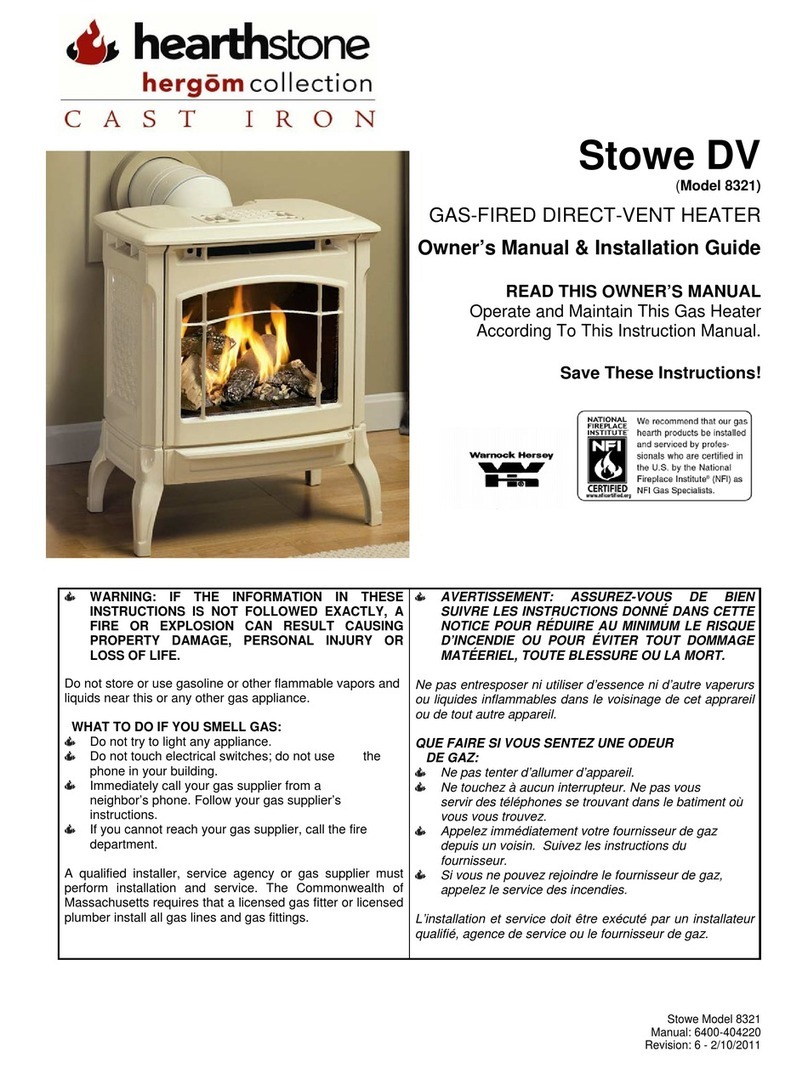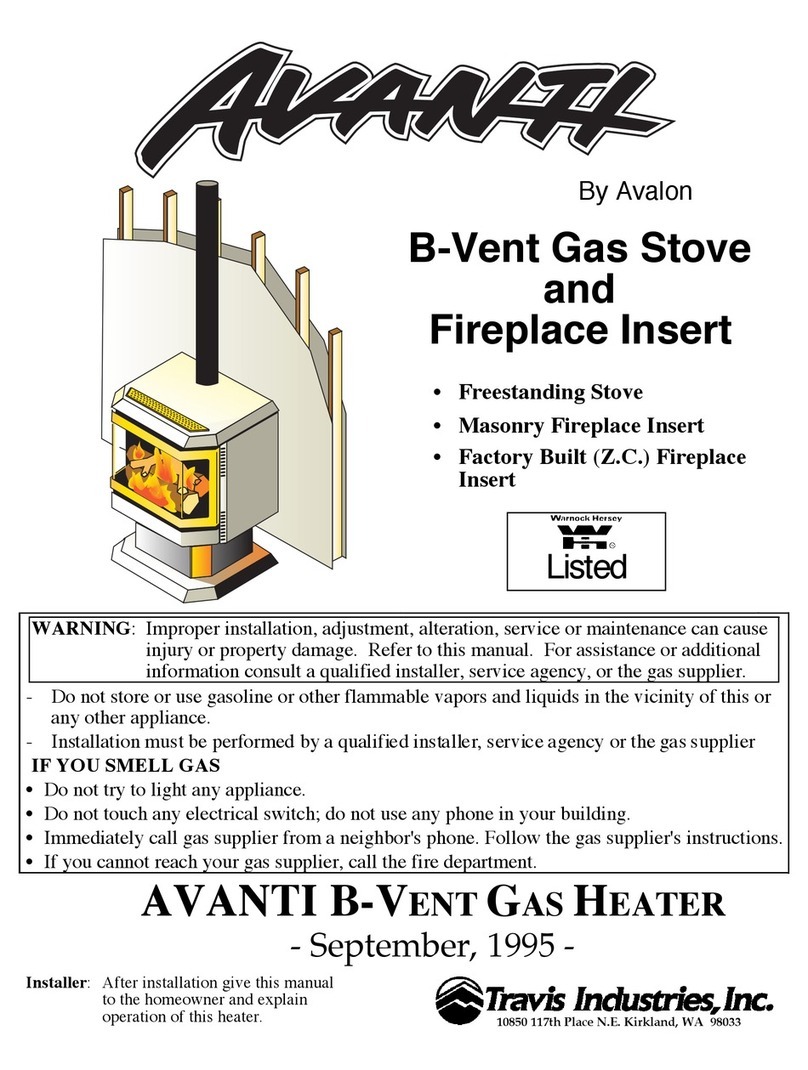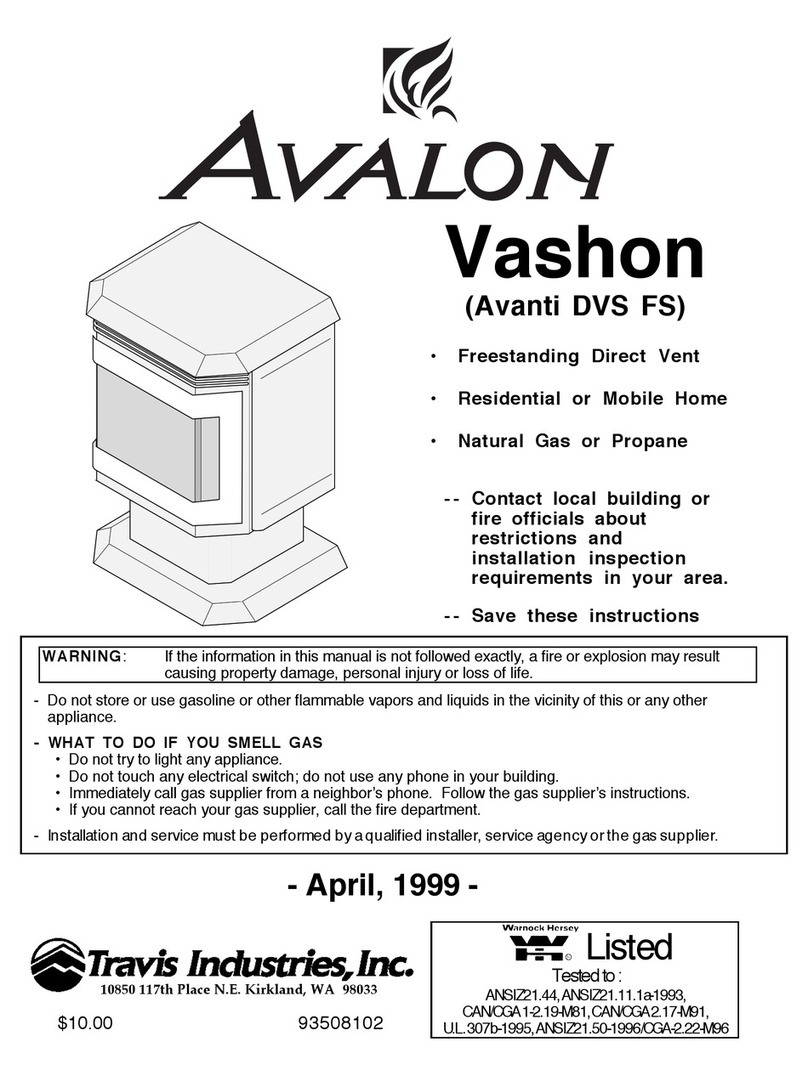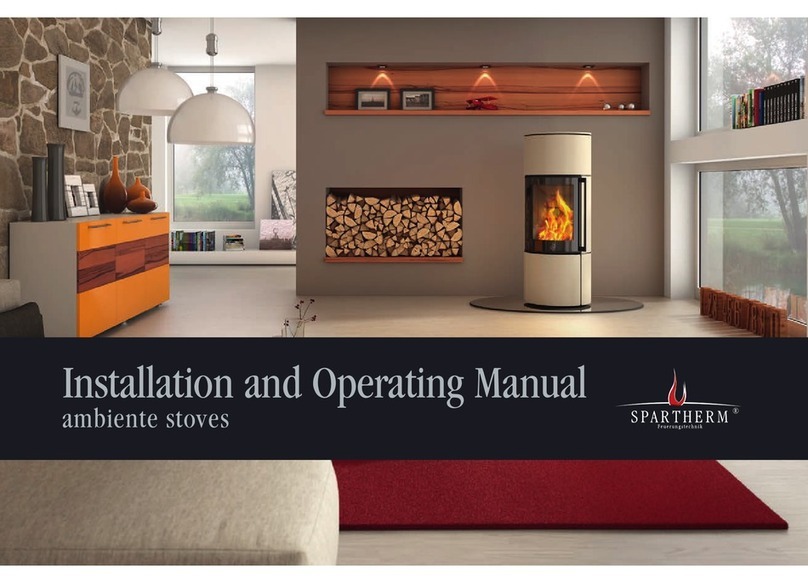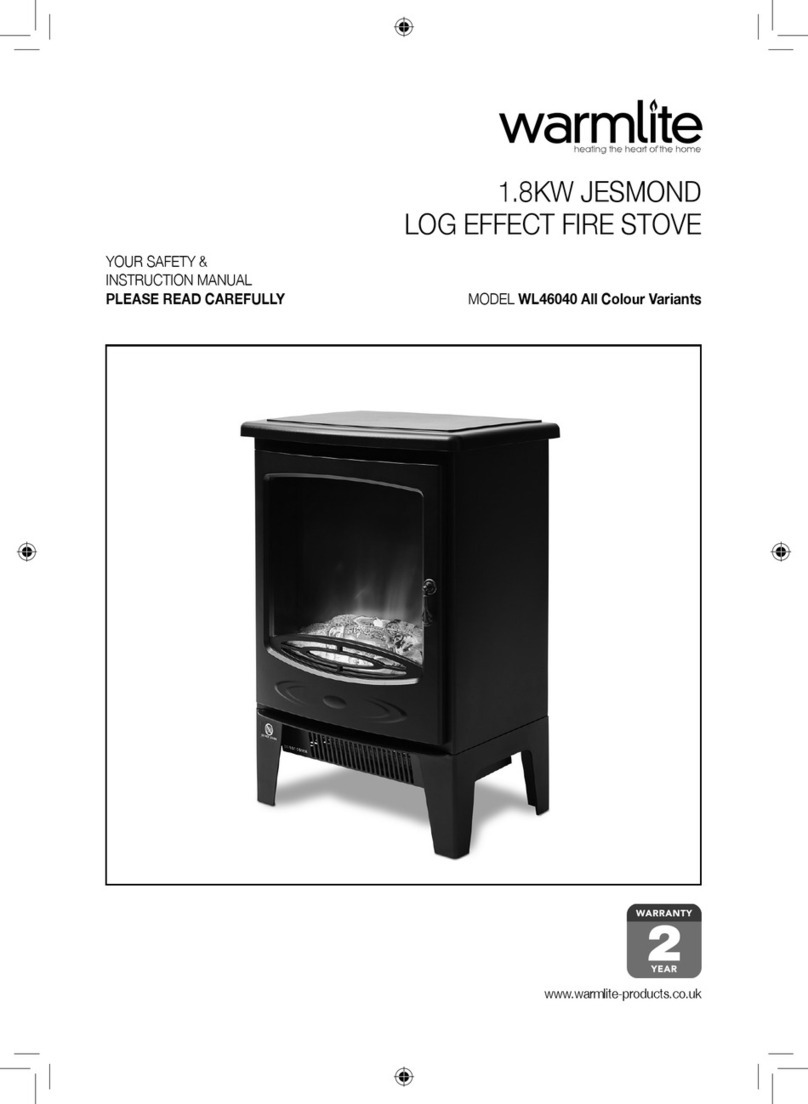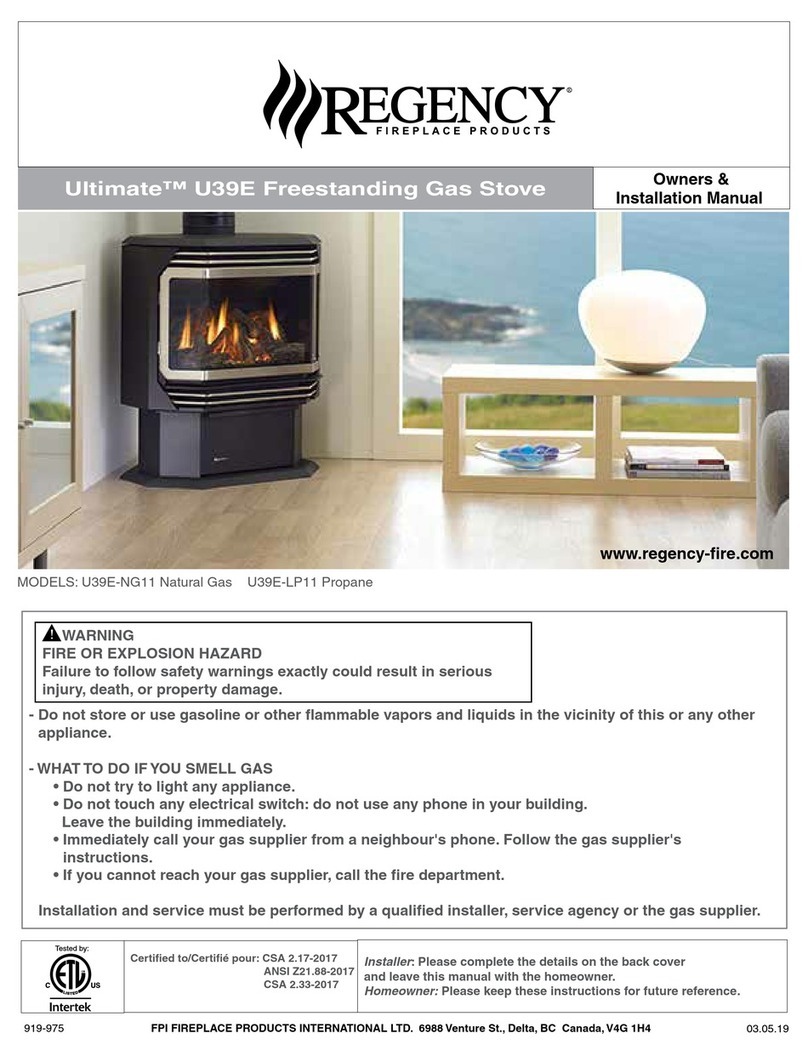Broseley Evolution 5 MK2 Manual
Other Broseley Stove manuals

Broseley
Broseley WINCHESTER User manual

Broseley
Broseley GB09b User manual

Broseley
Broseley Lincoln Manual

Broseley
Broseley Ignite 5 Manual
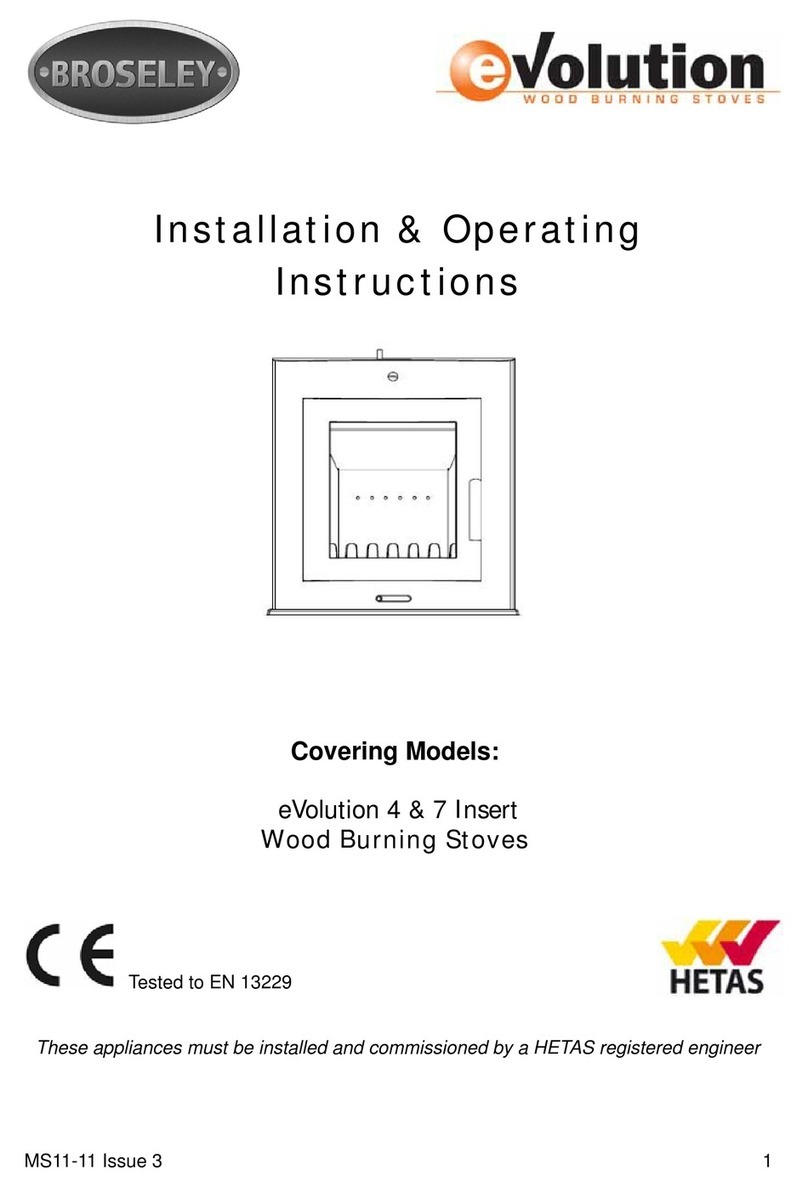
Broseley
Broseley eVolution 4 Manual

Broseley
Broseley Hercules User manual
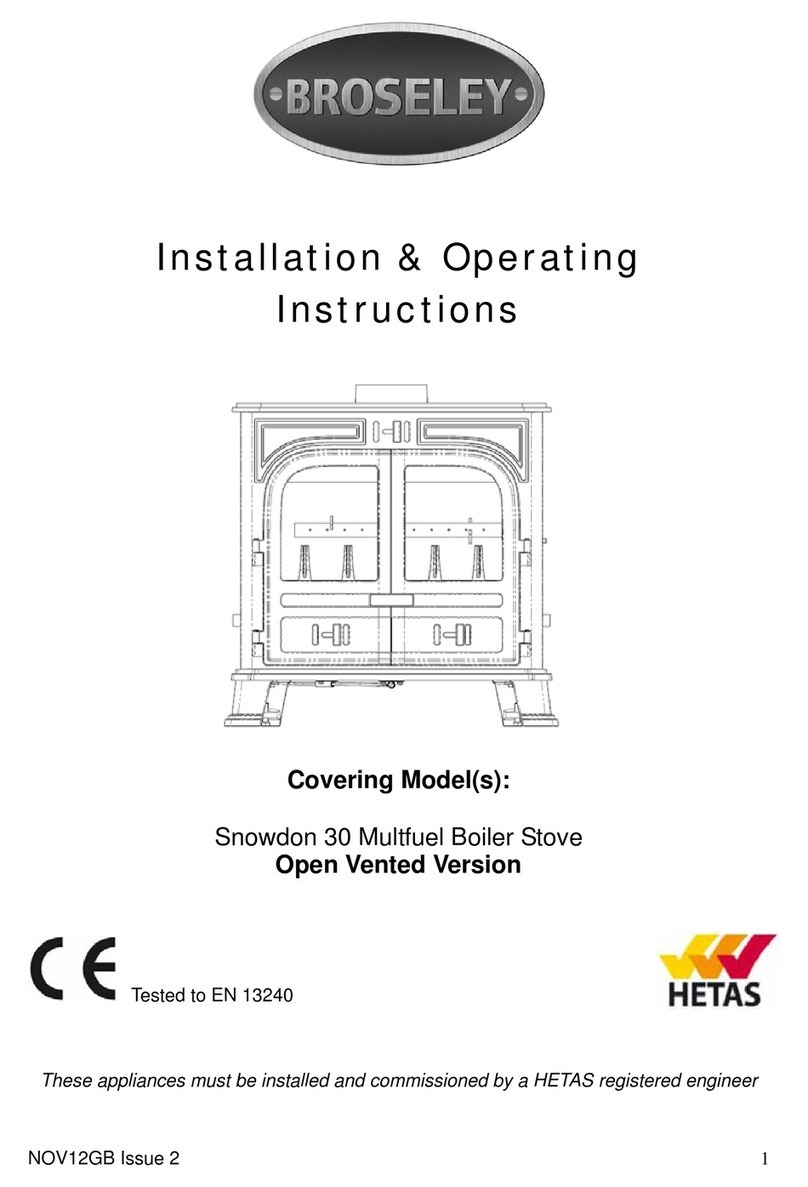
Broseley
Broseley Snowdon 30 Manual

Broseley
Broseley Canterbury PD-08-002 User manual

Broseley
Broseley THURCROFT Operating instructions

Broseley
Broseley Desire Manual

Broseley
Broseley Canterbury User manual

Broseley
Broseley Evolution Endure Install guide

Broseley
Broseley WINCHESTER Manual
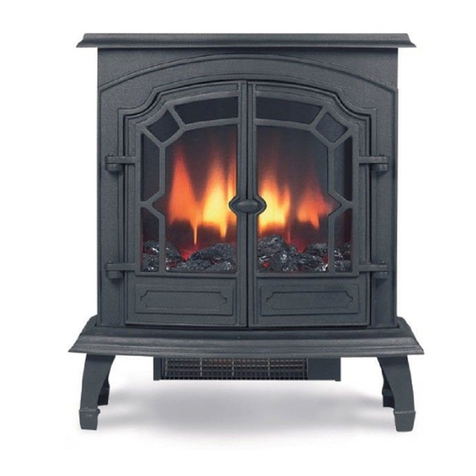
Broseley
Broseley Canterbury Manual
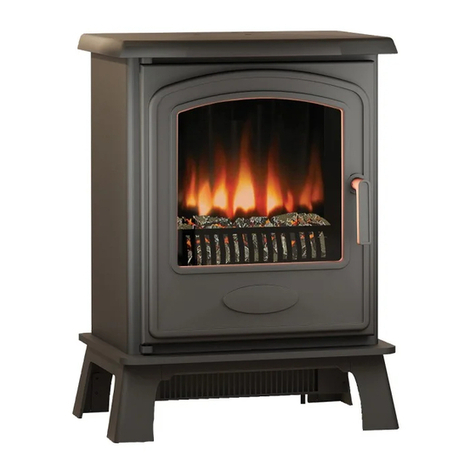
Broseley
Broseley Inset Ignite 6 Remote Manual

Broseley
Broseley Desire Manual

Broseley
Broseley York Grande User manual
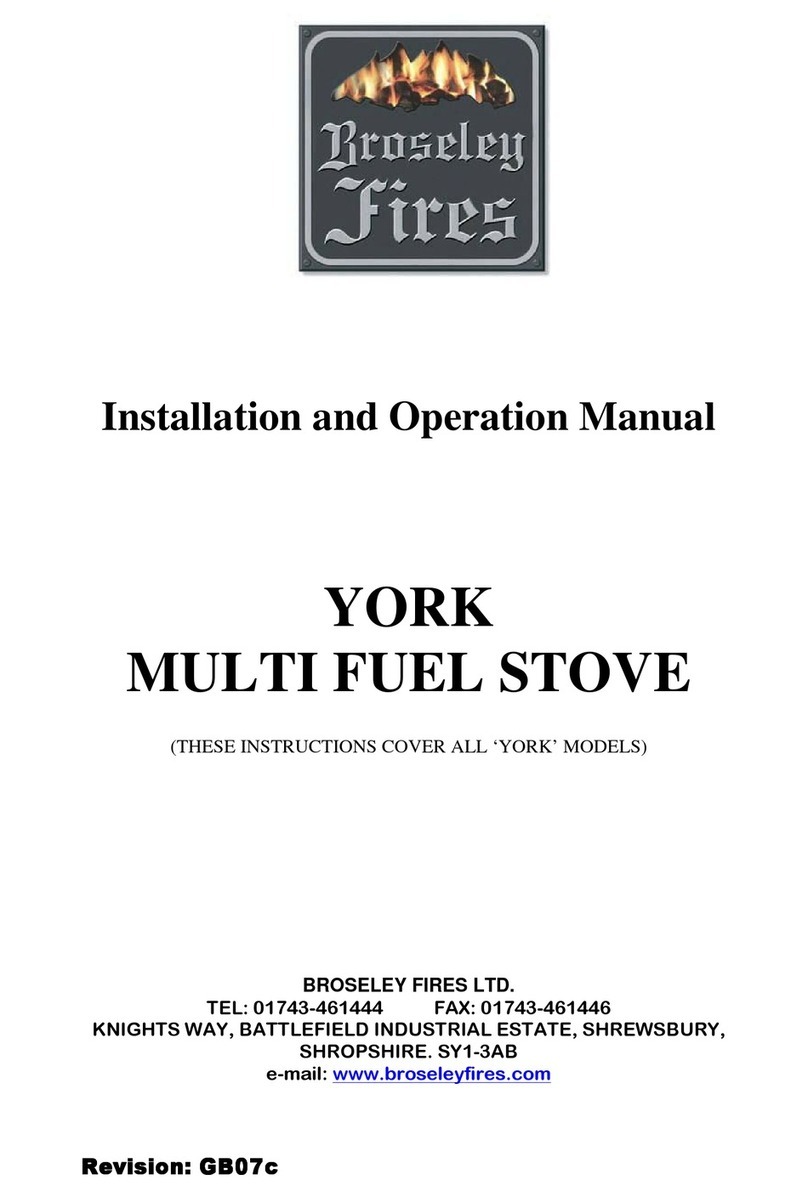
Broseley
Broseley YORK User manual

Broseley
Broseley Lincoln User manual

Broseley
Broseley Ignite 5 Manual
Popular Stove manuals by other brands

Exquisit
Exquisit EKC601-5 Instructions for use and installation

Stanley
Stanley Oisin Oil MK II Installation and operation instruction
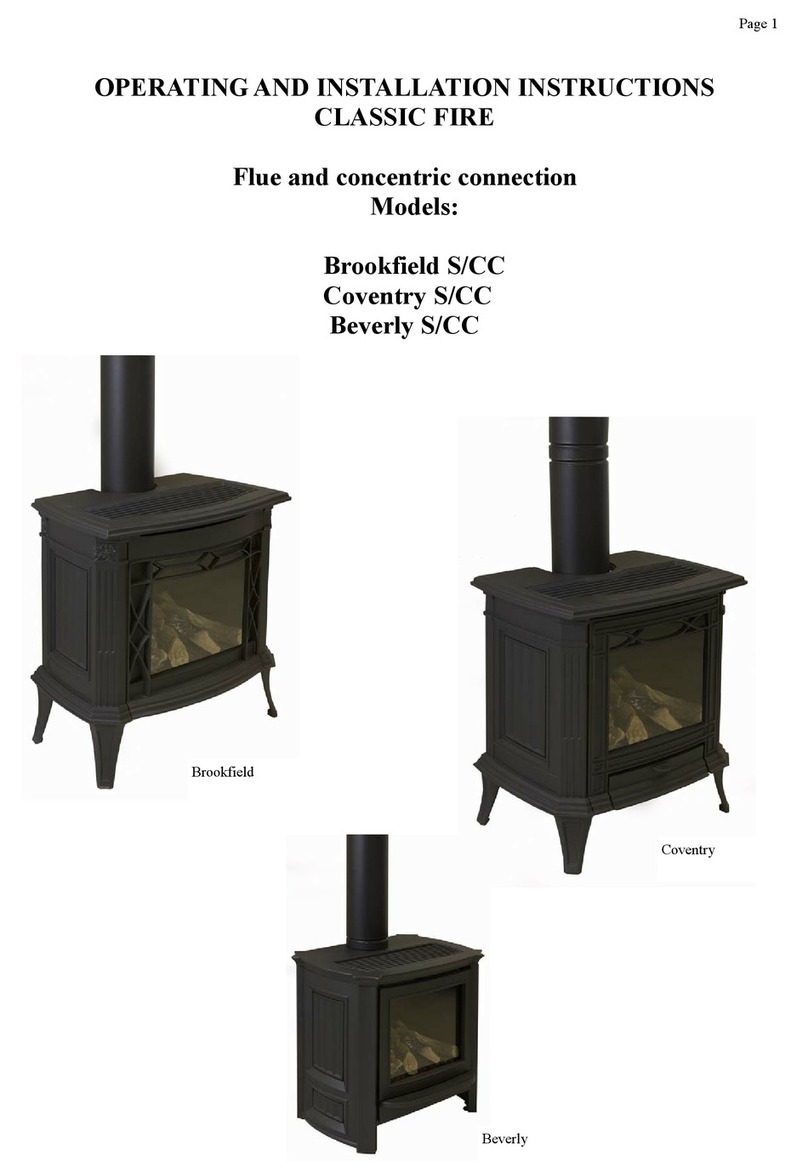
Thermocet
Thermocet Brookfield S/CC Operating and installation instructions

HASE
HASE delhi operating instructions

Vermont Castings
Vermont Castings Intrepid 2 User instructions

Italiana Camini
Italiana Camini CLASSICA Installation, use and maintenance
